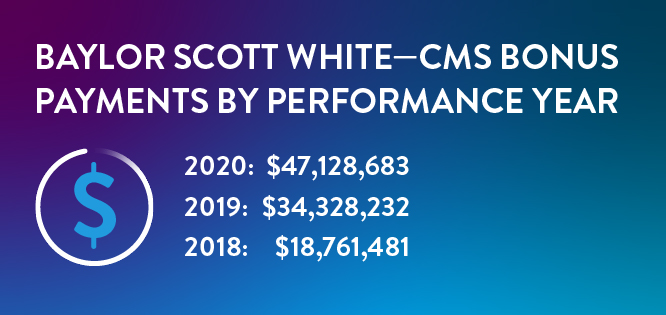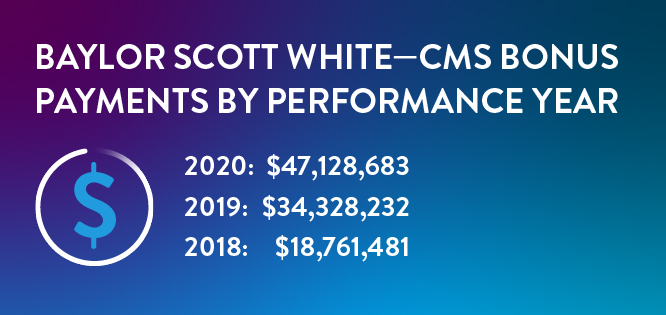Global Point of Care
MACRA swaps Fee for Service in favor of a value-based care model



The Medicare Access and CHIP Reauthorization Act of 2015, or MACRA, is a bipartisan legislation signed into law on April 16, 2015. MACRA created the Quality Payment Program (QPP), allowing Medicare to reimburse providers for the value of their services, as opposed to a Fee for Service (FFS) care structure, which allowed providers to be reimbursed for the volume of services provided.
Why is MACRA so important to providers?
MACRA repeals the Sustainable Growth Rate (SGR) formula, changing the way clinicians are reimbursed for services, allowing bonus payments (in alternative payment models) based on the quality of care. Under MACRA, providers are further incentivized to achieve “Quadruple Aim” goals (reducing cost of care, improving population health, enhancing patient experience, and improving provider well-being). According to a study, HbA1c testing 4x/year may reduce HbA1c levels, leading to better management of diabetes and reduction of health care costs.1 Given that CMS (Centers for Medicare & Medicaid) is aligned with MACRA as the largest payer in the US, incentivizing better outcomes may drive positive change for patients and clinicians alike.
It is important to note that MACRA is focused on traditional Medicare, not Medicare Advantage, which are commercial health plans that administer Medicare. The QPP is separated into two major tracks for providers:
- Merit-Based Incentive Payment System (MIPS)
- Alternative Payment Models (APMs)
MIPS is composed of 4 categories and allows clinicians to choose measures and activities that are relevant to their practice. The MIPS Composite Performance Score is used to calculate provider payments. The 4 MIPS categories include:
- Quality (30%)
- Cost (30%)
- Improvement Activities (15%)
- Interoperability (25%)
MIPS categories are reported to CMS as a composite score that determines the level of reimbursement for a provider. The maximum CMS Medicare payment adjustments a clinician can achieve are ±9%. This means a MIPS-eligible clinician who does not participate in MIPS in 2022 will receive a negative payment adjustment of -9% in 2024.2
Alternative Payment Models (APMs) are normally for larger provider groups, as those providers assume more financial risk in the management of their patient populations. APMs have similar quality measures as MIPS and there are several APM options providers may select. The Medicare Shared Saving Program (MSSP) is one of the most well-known APMs and has several reimbursement tracks to incentivize providers. MSSP has a quality component that reimburses providers to achieve quality metrics, such as HbA1c control, statin therapy, and patient satisfaction. In many cases, a reduction in health care costs can equate to millions of dollars that are shared with the ACO/Provider.
For example, over the last 3 years their performance was measured, Baylor Scott White, the largest ACO in the nation, received over $100 million dollars in CMS MSSP bonus payments.3



This article is one of a series of value-based, health care policy, and population health topics specific to diabetes and CVD topics that we plan to introduce to our providers. Our next topic in this series will be on Medicare Advantage that will include STARs, risk adjustment, HEDIS, CAHPs, etc.
References
- LabPulse. More frequent HbA1c testing reduces diabetes costs. August 28, 2019. Accessed September 15, 2022 https://www.labpulse.com/index.aspx?sec=ser&sub=def&pag=dis&ItemID=800327
- MD Interactive. CMS releases 2022 MIPS final rule – key takeaways. November 5, 2021. Accessed September 15, 2022. https://mdinteractive.com/mips-blog/cms-releases-2022-mips-final-rule-key-takeaways#:~:text=The%20maximum%20payment%20adjustments%20for,of%20%2D9%25%20in%202024
- Baylor Scott & White Health. Baylor Scott & White quality alliance Medicare shared savings public reporting. Accessed September 15, 2022. https://www.bswhealth.com/qualityalliance/mssp-public-reporting


